WATCH: Here’s what happened in the South African car sales market in October 2021
The South African car sales market continued to show a robust performance in October 2021, despite the volumes being lower than in September 2021.
The South African car sales market continued to show a robust performance in October 2021, despite the volumes being lower than in September 2021.
Press Release: WesBank
Stock shortages continued to thwart South Africa’s new vehicle market during October. However, the market continued to show a robust performance, despite the volumes being lower than September.
According to naamsa | the Automotive Business Council, 41,035 new vehicles were sold during October, an increase of 6.1% over the same month last year. Although September sales were the second-best volume month this year, October sales were 4.9% slower than last month. It is also important to note the context of October sales within the four months this year that have sold more than 40,000 units.
“The new vehicle market appears to be recovering strongly, demand out-stripping current supply constraints,” says Lebogang Gaoaketse, Head of Marketing and Communication at WesBank. “The second half of the year has performed strongly since the mid-year lockdown restrictions, with the market trading above 40,000 units a month for the past three months.”

WesBank’s own data indicates a resurgence in the South African motor industry. “While we have seen high demand for pre-owned vehicles over the last two years, a slow shift back towards new vehicles may be currently underway,” says Gaoaketse. “Compared to a year ago, applications for to WesBank for new car deals rose 1.8% during October, while applications for pre-owned deals declined 5.9%. In addition, the bank’s used-to-new ratio has shifted over the 12-month period from 2.25 used vehicles financed for every new vehicle a year ago, to 2.08.”
However, the issue of supply is a global factor that skews the overall market picture. “Until global manufacturing stabilises off the back of the pandemic and resolves its micro-chip shortages, consumer and business purchase decisions will be swayed by availability and necessity,” says Gaoaketse. “The good news is that South African car dealers are in a much more sustainable position than a year ago.”
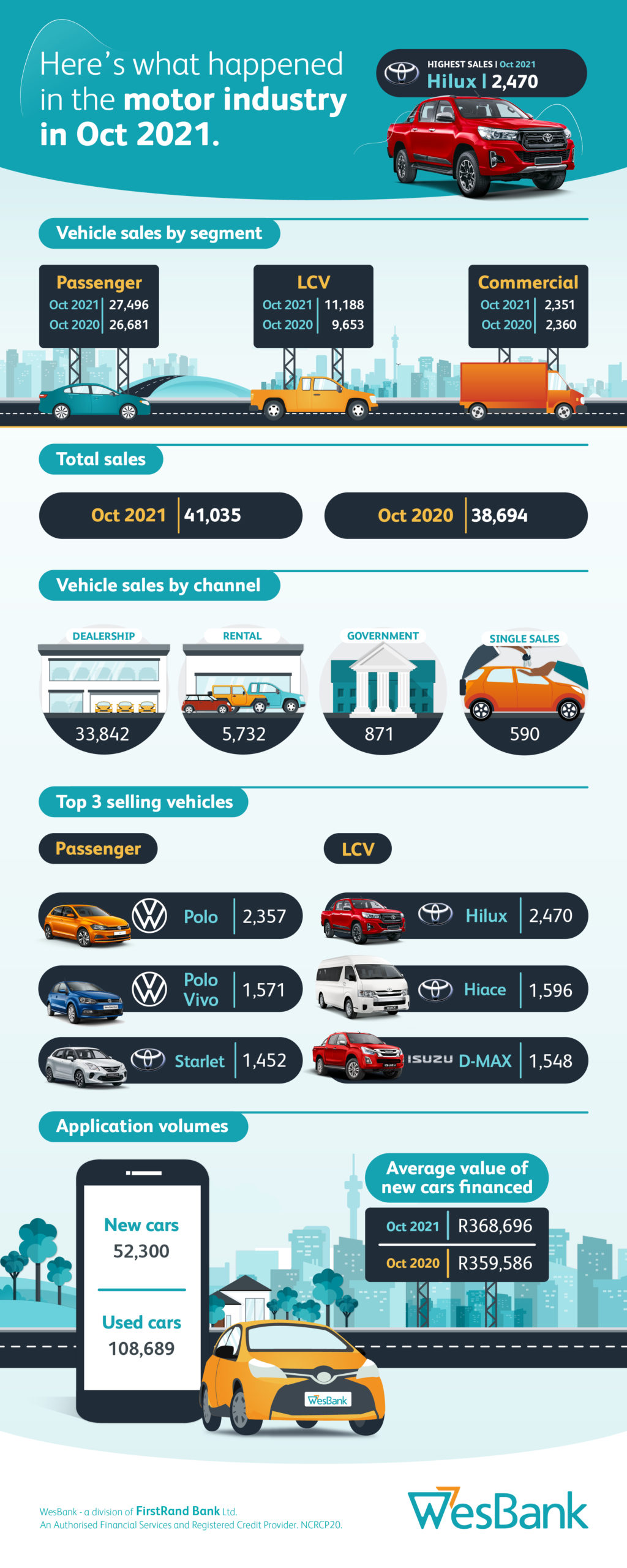
South Africa’s new passenger car market was up 3.1% to 27,496 units, displaying a robust consistency throughout the year. The Light Commercial Vehicle (LCV) market remains far more volatile. While it was down 10.9% in September, the segment bounced back to increase 15.9% during October to 11,188 sales.
A similar trend played out in the dealer space with passenger car and LCV volumes up 2.7% and 16.5% respectively. The market once again benefited from a sizeable volume of rental sales, with 5,002 passenger cars and 730 LCVs selling into fleets.
“Although the market looks in better shape, affordability continues to be a major consideration,” says Gaoaketse. “Significant fuel price hikes this month and the prospect of interest rates potentially increasing with the return of inflation are factors for consumers to consider when purchasing their next vehicle.”
Owning your first car and not having to rely on anyone else to get you to where you need to go, is a true rite of passage. However, with great power comes great responsibility, and maintaining it should be a priority.
Keeping your car in tiptop condition is as important while you are driving it, as it is when the time comes to sell it. A properly maintained car, and one with a complete and detailed service history will always be more valuable than one that’s poorly looked after.
The first item of business for any dealership or prospective buyer at trade-in or sale time, is a car’s service book, and some might dismiss a car completely if the service history is incomplete or patchy. Have a look at the second-hand cars for sale on any reputable dealer’s website and the term ‘FSH’, or Full Service History, is often listed ahead of any other features or extras.
Here are 3 factors you, as a motorist, should understand when it comes to servicing your car.
Though these may differ slightly from car to car, every vehicle on the road comes with a manufacturer’s recommended service schedule. These are generally in the form of time and distance intervals between workshop visits, such as ‘one year or 15,000km’, whichever comes first, as an example.
It’s important to know that adhering to these intervals is not optional, and especially not on cars that are still covered by warranties. Skipping a scheduled service can have serious repercussions, such as the voiding of warranties or even mechanical failure.
Familiarise yourself with your car’s schedule in order to prepare for upcoming services, whether your car is covered by a service/maintenance plan or not. This can generally be found in the physical or digital service book that comes with the car, and should be stored somewhere safe. Also, some cars have built-in service timers to notify you ahead of the scheduled maintenance work, but it’s always better to check than to rely on these alone.
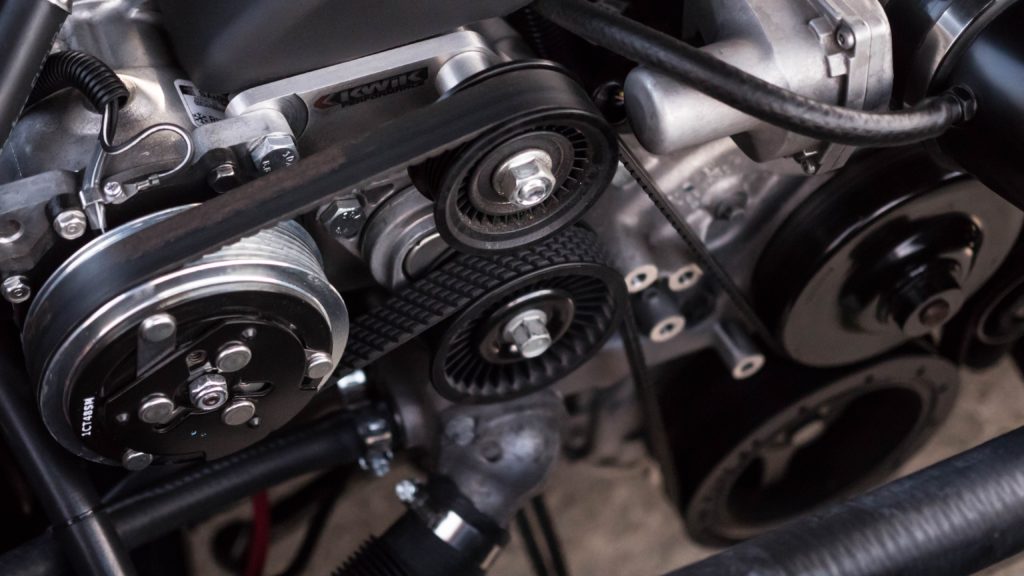
If you struggle to understand your schedule, or have trouble finding it, call the service department at your dealership to ask for assistance. Have your car’s current mileage and the details of the last known service handy, as this will assist them in guiding you.
It’s also a good idea to have your car’s Vehicle Identification Number (VIN) on hand, as this is the quickest way for a dealership to identify the specifics of your particular vehicle model. This can be found on your licence disc, or stamped onto the body of your car – often, but not always, visible through the bottom corner of the windscreen.
“Servicing your vehicle means that you will always be aware of the condition of your vehicle. For instance, you may not know if your car needs a new wheel bearing or shock absorber, or that your brakes are nearing replacement time. Regular services allow the technician or mechanic to check for and inform you of any costly problems or issues before or as they begin to arise,” says Kutlwano Mogatusi, WesBank’s Communications Specialist.
As the saying goes, prevention is better than cure and this applies to vehicle maintenance too!
There are 3 main types of maintenance service your vehicle needs and in order to get the best out of your vehicle and to keep it running optimally, all motorists should adhere to the car manufacturer’s service intervals.
When it comes to the type of service your vehicle is due for, largely depends on your car’s mileage. These are the different types of scheduled maintenance options:

Aside from the actual work performed, a service is also an opportunity for the technician or mechanic to inspect things that you as the owner may not be aware of. Compare it to a visit to the doctor: you can either go when you have an illness, or you can go for a regular check-up and see if they pick up a problem.
Servicing your vehicle means that you will always be aware of the condition of your vehicle. For example, you may not know if your car needs a new wheel bearing or shock absorber, or that your brakes are nearing replacement time.
“Regular services allow the technician or mechanic to check for and inform you of any problem or issue before it becomes costly to replace or even fails completely, which could place both the vehicle and your safety on the road at risk. Mitigating risk at every turn is your responsibility as a vehicle owner,” says Kutlwano Mogatusi, WesBank’s Communications Specialist.
It is important to look after your vehicle by servicing it regularly and in accordance with the manufacturer’s stipulated service intervals.
Everyone says that the value of any vehicle depreciates the moment you drive if off the dealership floor. This applies to both new and pre-owned vehicles; and while this is true in part, there are ways to protect and help maintain the value of your vehicle for future resale.
However, before we unpack some of the key factors that could affect the resale value of the vehicle, it is important to understand common terminology used by the motor industry when selling your vehicle.
If the vehicle also requires ongoing maintenance, it may be worth far less than you expected when the time comes to sell it.
Kutlwano Mogatusi, WesBank’s Communication Specialist

Photo Cred: Erick Mclean on Unsplash
Used vehicle websites can be extremely valuable for researching which vehicles are the most popular, the fastest selling and have held their resale value over time. The optimal time to trade in one’s vehicle is when the trade value of the vehicle is more or less in line with the settlement amount owed to the bank.
“Variables such as mileage and the overall condition of the vehicle will also affect the resale value. It can be tempting to consider a bargain deal on a particular vehicle because it has a high mileage, but this could prove to be costly down the line. If the vehicle also requires ongoing maintenance, it may be worth far less than you expected when the time comes to sell it,” explains Kutlwano Mogatusi, WesBank’s Communication Specialist.

Photo Cred: Liam Briese on unsplash
Another useful tip is to resist over-embellishing your car with aftermarket accessories
Kutlwano Mogatusi, WesBank’s Communication Specialist
To ensure that you get the best price for your car, here are a few simple ways to maintain your car’s resale value:
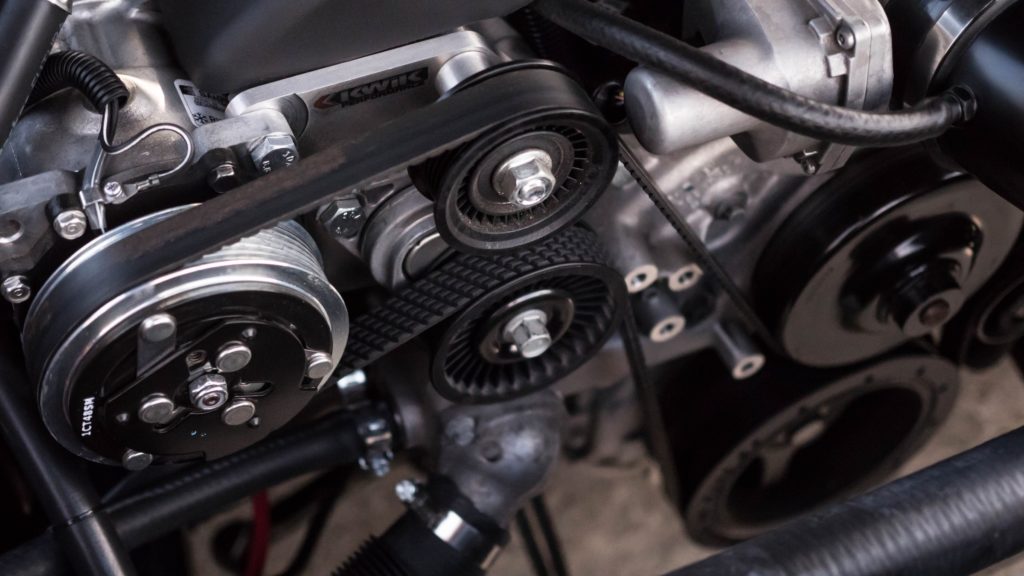
Photo Cred: Chad Kirchoff
“Another useful tip is to resist over-embellishing your car with aftermarket accessories. While part of the joy of owning a car is making it your own, these personal style additions could impact negatively on its resale value. You might think oversized rims, outrageous body paint or a booming sound system are improvements but be aware that the next owner or the dealership where you plan to trade in your car, may not!” cautioned Mogatusi.
“Keeping your car clean and in as excellent condition as possible is probably the best way of ensuring it retains its value over time. A small scratch or dent might not seem like a big deal but accumulating dents or scratches over time will detract from the car’s overall appeal,” says Mogatusi.
New vehicle market continued to recover some momentum during September following the disruptions experienced in the economy during July.
Building on August sales successes, September sales continued to capture reassuring consumer demand and provided some reassurance for a stronger final quarter.
The new vehicle market continued to recover some momentum during September following the disruptions experienced in the economy during July. Building on August sales successes, September sales continued to capture reassuring consumer demand and provided some reassurance for a stronger final quarter.
According to naamsa | the Automotive Business Council, September new vehicle sales increased 15.8% to 43,130 units compared to the same month last year. More reflective of actual performance, the month’s sales were up 4% relative to August sales, which was the second-best sales month this year prior to September’s performance.
Although new vehicle sales are 30.1% up year-to-date to 345,172 units compared to the same pandemic-impacted period last year, WesBank continues to finance well over two used vehicles for every new vehicle.
While demand in the pre-owned market remains very strong, used car price inflation may begin impacting this momentum.
Lebogang Gaoaketse, Head of Marketing and Communication at WesBank.
The sales mix across new and pre-owned is an interesting factor impacting the sustainability of the motor retail sector during the pandemic.
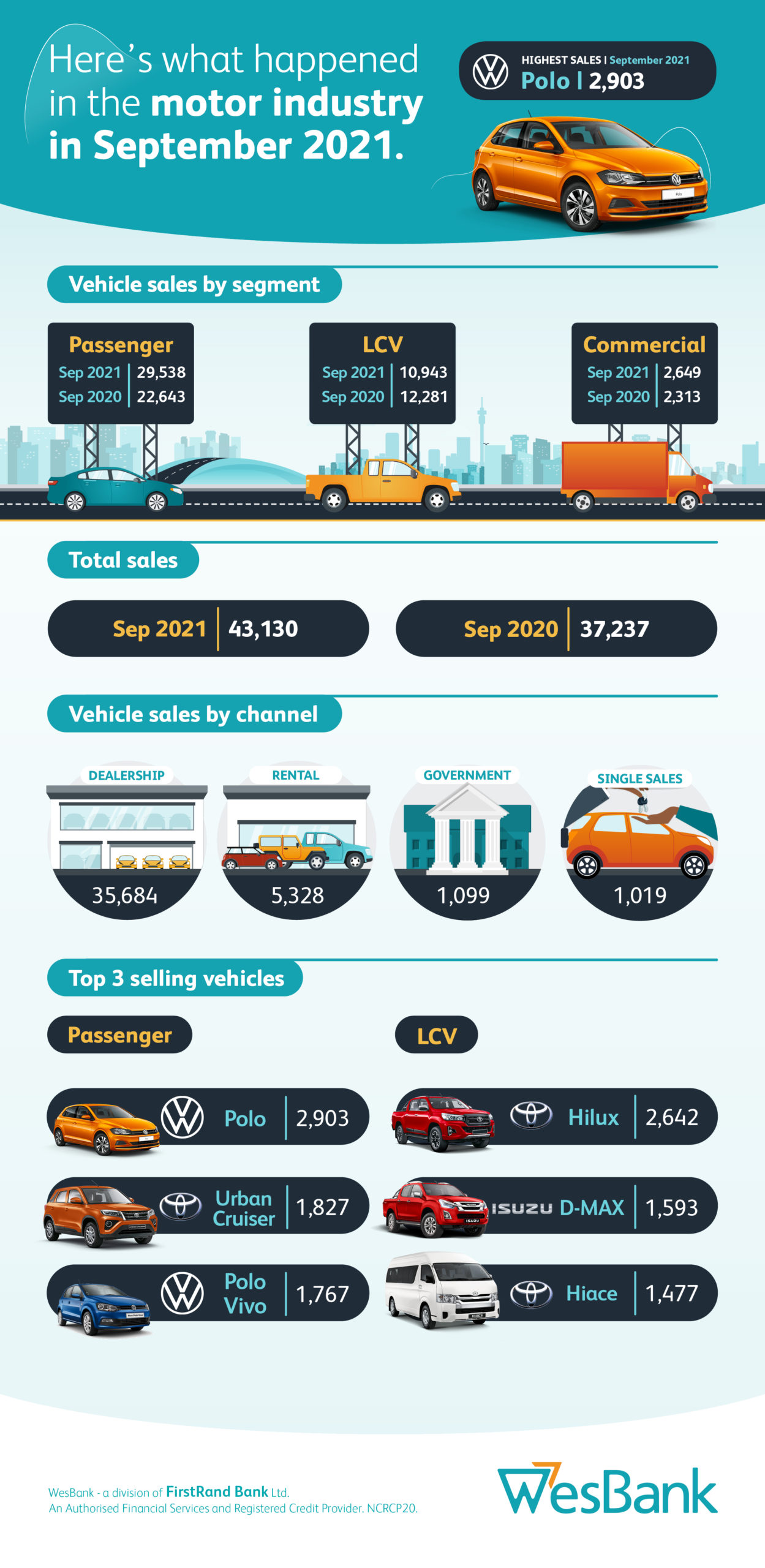
“While the manufacturers are naturally focused on selling new vehicles, the pre-owned market influences brand affinity. However, on a retail level, sales are sales, whether new or used, providing mobility solutions to customers and cashflow for dealers,” says Lebogang Gaoaketse, Head of Marketing and Communication at WesBank.
There’s no denying that the motor industry is facing unusual times. What has been prevalent throughout, however, is the sector’s unfailing resilience to prevail.
“While demand in the pre-owned market remains very strong, used car price inflation may begin impacting this momentum. That demand may become more about preferential specification than affordability in a time when the trade is paying a premium on certain pre-owned models,” says Gaoaketse.
“While stock availability in the new vehicle market remains stressed, forcing some consumers into the pre-owned market, the sheer demand remains encouraging for the industry once global stock shortages are alleviated,” Gaoaketse continued.

Most impacted by that stock situation is the Light Commercial Vehicle (LCV) market. LCV sales declined 10.9% during September compared to September 2020 to record 10,943 sales. This is 802 units or 6.8% less than last month. While dealer channel sales in this segment were less affected (down 7.2%), there is a noticeable lack of Government volume (down 64%) impacting the segment.
Driving the market growth was the 30.5% gain in passenger car sales year-on-year. September’s passenger car volume of 29,538 units was bolstered by 4,951 sales into the rental market and was 8.5% ahead of last month’s market. Dealer sales also swelled 17.3%, providing that much-need sustainability injection into the retail space.
“The Reserve Bank’s decision last month to maintain interest rates will continue to provide stimulus to the market, whether new or used with both sectors’ sales ultimately contributing to the overall recovery of the South African motor industry,” Gaoaketse concluded.
The new vehicle market bounced back during August, recording the second highest sales figures for 2021 thus far.
Civil unrest and adjusted Level 4 lockdown had a negative effect on car sales during the month of July 2021. Lebogang Gaoaketse, Head of Marketing and Communication at WesBank gives us the break down
The momentum being gathered in South Africa’s new vehicle sales recovery was given a harsh blow during July as civil protests tore through large parts of the country. In addition, the majority of the sales month was spent in adjusted Level 4 lockdown and the ongoing impact of stock shortages was exacerbated by disruptions in the logistics chain at ports.
July brought the fragility of the motor industry back into stark focus.
– Lebogang Gaoaketse, Head of Marketing and Communication at WesBank
“July brought the fragility of the motor industry back into stark focus,” says Lebogang Gaoaketse, Head of Marketing and Communication at WesBank. “Not only did the month bring physical impacts, but the resulting consequences in business and consumer confidence will continue to challenge the industry’s recovery for months to come. Once again, the industry’s resilience is being put to the test.”

WesBank remains optimistic, however, for the industry’s continued recovery. “Rejuvenation of rental fleets, progress in the country’s vaccination rollout programme and revitalisation of the economy in general will all contribute towards building the South African motor industry,” says Gaoaketse. “The industry needs to remain focused on delivery and the inevitable demand that will rise in the medium term.”
Although July sales recorded 1.7% growth year-on-year to 32,949 units according to naamsa | the Automotive Business Council, the month declined 13.6% compared to June sales. WesBank says the market experience was reflected in demand, with the bank’s application rate comparatively slower.
While the country encountered yet another speed bump during July, there are many reasons to believe in the continued recovery of the market.
– – LEBOGANG GAOAKETSE, HEAD OF MARKETING AND COMMUNICATION AT WESBANK
The passenger car segment grew 9.1% year-on-year to 20,575 units but that was a far cry from the 24,497 units sold in June. The real effects of consumer confidence can be seen in the dealer channel sales, down 1.1% year-on-year and significantly worse off (-15.8%) than June.
Light Commercial Vehicle (LCV) sales hurt even more, down 8.1% at 10,266 compared to 11,165 in July last year. Sales through the showroom floor also got dealt a 9.8% knock and the picture compared to last month’s sales, was significantly worse.
“While the country encountered yet another speed bump during July, there are many reasons to believe in the continued recovery of the market,” says Gaoaketse. “Low interest rates, the return of adjusted Level 3 lockdown regulations, and some improvement to civil stability will provide a good basis for the industry’s determination to once again shine through.”
If you are familiar with the saying – look after the cents, the rands will look after themselves – then you know that if you take care not to waste small amounts of money, it will accumulate capital and grow in value.
We probably don’t need reminding of this truth but, after almost 18 months of COVID-19 inflicted lockdowns at varying levels of severity, saving is proving to be particularly difficult for many of us at this time.
A shrinking economy, company closures, job losses and retrenchments are a harsh reality in South Africa today so, while we know the importance of saving, we also need to acknowledge the current circumstances in which many people find themselves.

Photo by Michael Longmire on Unsplash
“July is recognized as National Savings Month in South Africa. While encouraging everyone to save regularly, it presents a good opportunity to interrogate personal savings goals in line with the household budget.
This task needs to be done honestly and realistically, while taking into account the monthly income and expenses, what unexpected costs could arise, and the medium- to long-term financial plans,” says Kutlwano Mogatusi, Communication Specialist at WesBank.
Whether you can save a bit each month, put some funds into an investment account, or need to pay off your debts will depend on your situation. It helps to look at a comparison of all three scenarios to determine how best you should distribute your income, remembering the importance of building an emergency fund and talking about your debt to better your finances. Only then should you start building your wealth through investments.
If you have loans, the sooner you can pay them off, the better.
– Kutlwano Mogatusi, Communication Specialist at WesBank
The current reality for some is that repaying high-interest unsecured debt such as personal loans is now a permanent line item on the monthly budget plan. Despite the current low interest rates, servicing debt is regarded as expensive money due to the high-interest rates charged against the loan. Prioritize your debts if you have any and aim to pay off the highest debt amounts first.

“If you have loans, the sooner you can pay them off, the better. This will also free up some money that you could then invest, enabling your money to earn interest and grow,” says Mogatusi.
Once debts have been settled, it is advisable to speak to a financial adviser before embarking on your saving and investing journey.
This will help to inform your choice of savings plan that fits within your budget and is best suited to achieve your various financial goals.
While most South Africans may want to save to further their education or for their retirement, to start a new business, or to build or buy a home, an over-stretched budget makes this a difficult task.
For those who have been in a position to make regular monthly savings, the financial burden resulting from the pandemic would have been less severe, demonstrating why saving a bit every month is so important, given the already difficult climate.
While it is best to keep your savings funds invested, it is also a comfort knowing there are funds available for an emergency expense, or to put towards education, a retirement fund, or a personal goal.
New vehicle sales continued to build their momentum during June, despite the continued impacts of the pandemic on the industry and the country’s economy. Lebogang Gaoaketse, Head of Marketing and Communication at WesBank shares details.
New vehicle sales continued to build their momentum during June, despite the continued impacts of the pandemic on the industry and the country’s economy. A year ago, the market was under Alert Level 4 lockdown regulations, a position the country once again enters with adjusted restrictions.
“While the majority of sales during June were not severely impacted by COVID-19 restrictions, we should expect a returned level of hesitancy during July,” says Lebogang Gaoaketse, Head of Marketing and Communication at WesBank. “Both business and consumer confidence are certainly building their own momentum despite the current environment, which is providing continued energy into the slow recovery of the market.”

The apparent stability in the market is reassuring given the consistency in sales over the past two months
– Lebogang Gaoaketse, Head of Marketing and Communication at WesBank
New vehicle sales in June were marginally down on May’s figures according to naamsa | the Automotive Business Council, a more reflective indication of sales than considering the 20.2% growth year-on-year. June sales registered 38,030 new vehicles compared to the 38,320 in May and 31,643 in June last year. A further consideration is the more sombre fact that last month’s sales are 17.2% down on June 2019 sales.
“The apparent stability in the market is reassuring given the consistency in sales over the past two months,” says Gaoaketse. “In 2019, the market was particularly volatile, yet our trading conditions now are equally as unpredictable.”
The passenger car segment accounted for 24,482 units, 28% up year-on-year and marginally higher than May sales. The segment was bolstered by 2,565 units into the rental market, which is significant given the appetite for renewals in the fleet industry. By comparison, consumer demand was relatively softer, the dealer channel up 15.2% year-on-year, although stable compared to May.
Light Commercial Vehicle (LCV) sales were 5.9% down to 11,208 compared to last month, but up 9.6% year-on-year. Dealer sales in the segment were similarly lower, 5.1% down.
People’s transport considerations are evolving, and both the country and the industry need to maintain the pace in an exciting mobility age.- LEBOGANG GAOAKETSE, HEAD OF MARKETING AND COMMUNICATION AT WESBANK
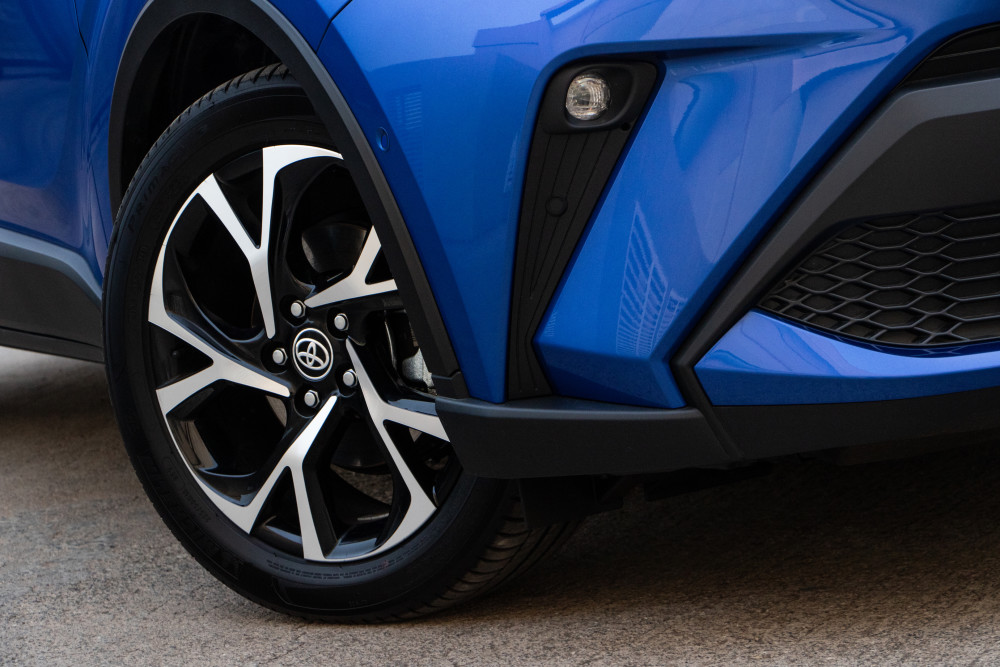
“Stock shortages continue to have some impact on overall sales as manufacturers continue to manage demand versus supply on imports and availability of production, while local manufacturing continues to experience some parts supply challenges,” says Gaoaketse. “However, year-to-date sales remain reassuring as the market continues its slow recovery.”
First-half sales were 227,440 units, an increase of 40.1% compared to the first half of 2020 within the context of locked-down sales during March and April last year.
Year-to-date sales remain reassuring as the market continues its slow recovery.
– LEBOGANG GAOAKETSE, HEAD OF MARKETING AND COMMUNICATION AT WESBANK
“The industry continues to consider the Aftermarket Guidelines, which come into effect today, as well as important considerations of the protection of personal information,” says Gaoaketse. “People’s transport considerations are evolving, and both the country and the industry need to maintain the pace in an exciting mobility age.”
New vehicle sales continued to build momentum during June, although sales were marginally lower than the previous month according to naamsa | the Automotive Business Council.